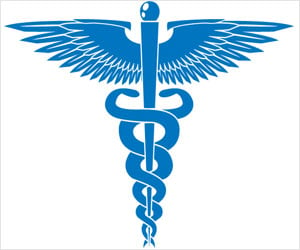Contraceptives - among a whole slate of women's health services - have been recently classified in the US as 'preventative care'.

So, will Obamacare make the intrauterine device (IUD) more prevalent among women? For years now, the IUD has supposedly been poised for its big comeback. Doctors, reproductive health advocates, and countless articles in the popular press have sung its praises for being more effective than the pill, lauded its safety and ease of use, and encouraged women to look past its unfortunate history.
But while its popularity has inched up over the years—fewer than 1 percent of contraceptive users relied on the IUD in 1995. However, by 2006-08, 5.5 per cent used it, and it is still a distant also-ran when compared to blockbuster reversible contraceptives like the pill, chosen by 28 per cent of contraception users and the male condom, favored by 16 per cent of contraception users.
The IUD's continued lack of popularity is often blamed on the Dalkon Shield, a 1970s-era IUD that injured more than 200,000 women. But with the Dalkon Shield's memory increasingly distant, a more immediate obstacle to the IUD today may be money.
A 2004 survey commissioned by the Association of Reproductive Health Professionals found that only 42 percent of employers surveyed included IUD placement in their insurance benefits. For the majority of women who must pay for the device out pocket, either because they don't have insurance or because their plan doesn't cover the IUD, getting one can be prohibitively expensive—over $1,000 in all.
All this is about to change. You wouldn't necessarily know it from the news coverage of the announcement—much of which focused on how the pill would now be free—but this has the potential to remake American women's relationship with birth control in profound ways. Although it may go without saying, lowering (or removing) the cost of something typically increases demand for it.
Advertisement
Between these millions of women who will now have access to free IUDs for the first time, and the gynecologists who have in recent years begun championing the contraceptive, the groundwork has finally been laid for a surge in the number of women who, after years of being discouraged by its high upfront costs, may finally choose the IUD.
Advertisement
From 2000-01 to 2003-04, IUD use rose 137 per cent. Cost wasn't the only thing that led to this sharp increase—the benefit change coincided with an effort to educate health-care providers about IUD safety—but the researchers who studied Kaiser's experience concluded that it was the combination of education and, crucially, cost savings that led so many women to adopt the IUD.
Source-Medindia











